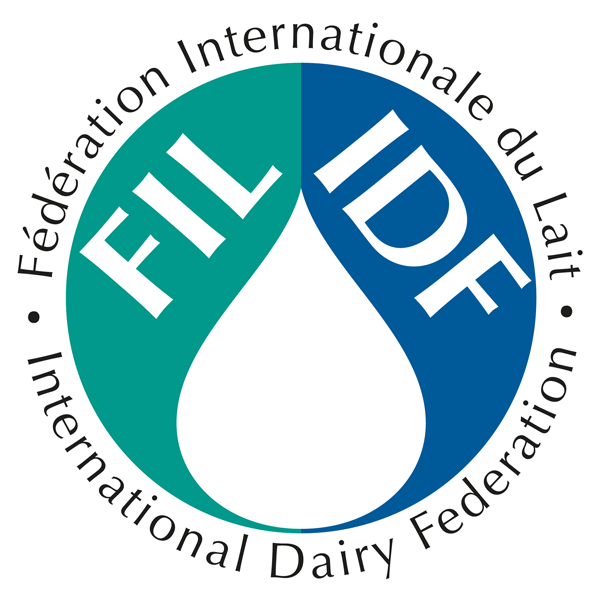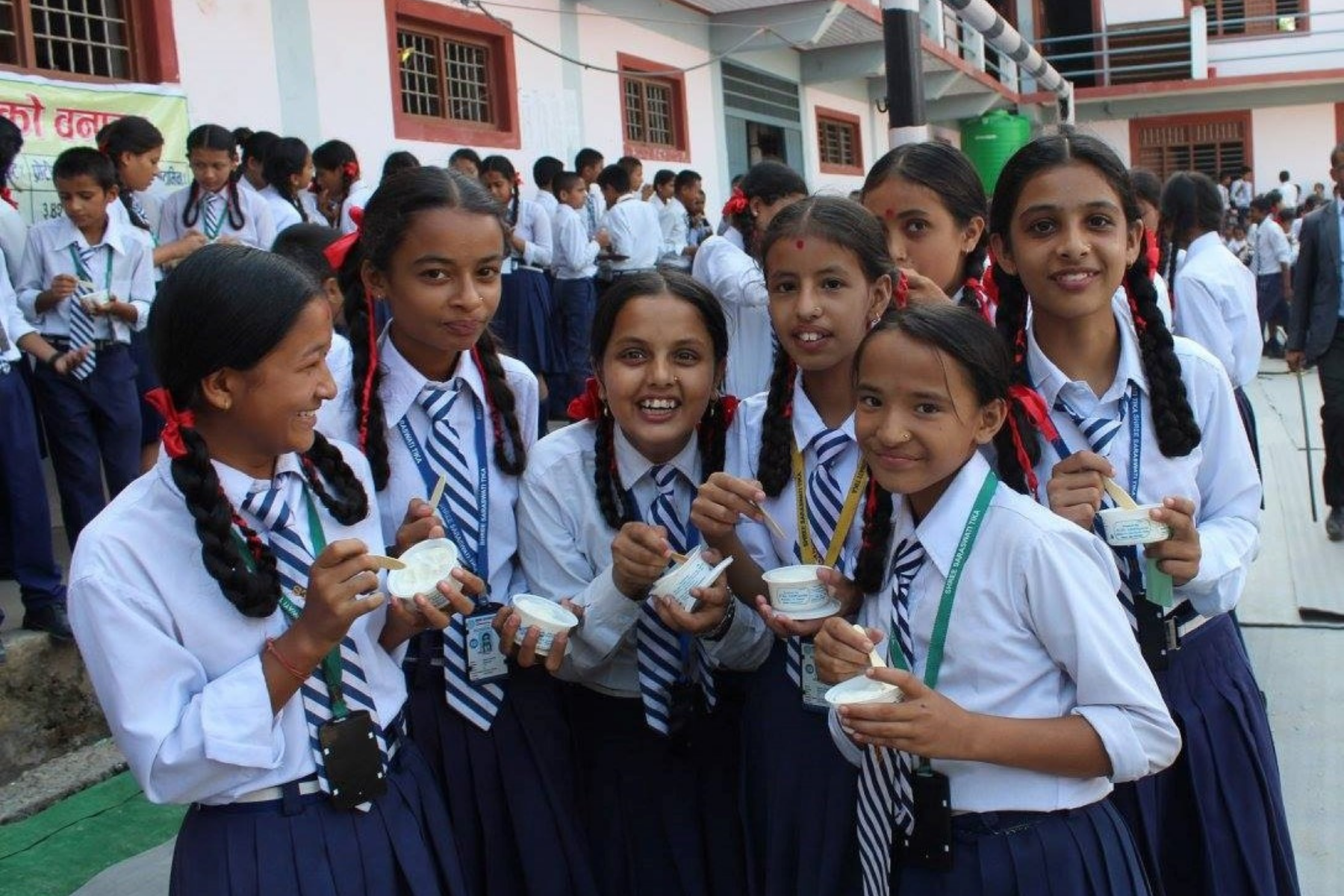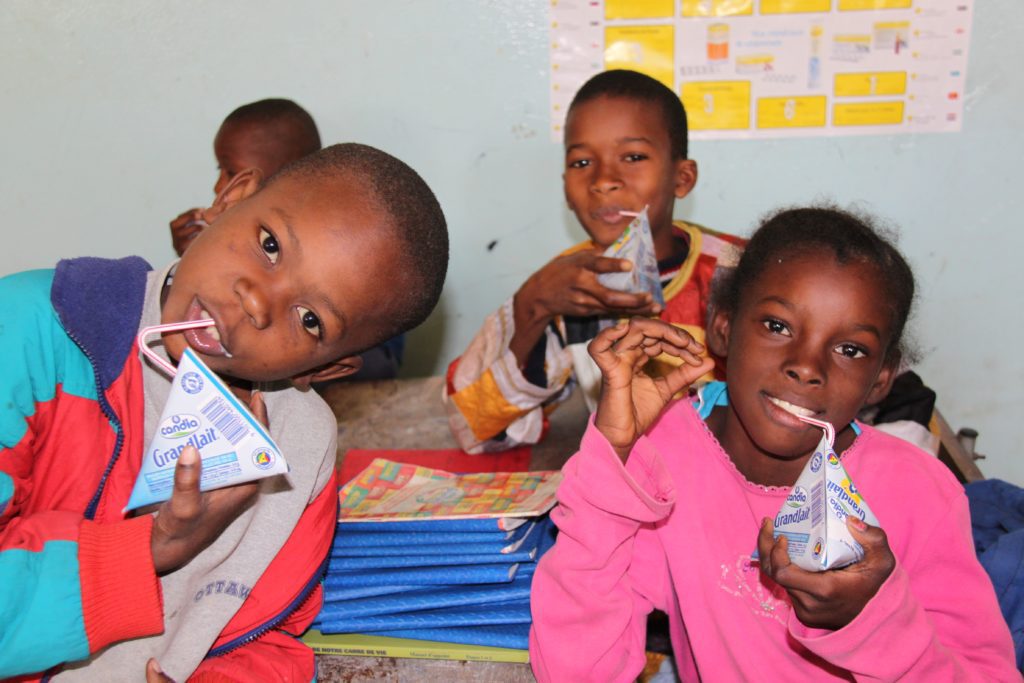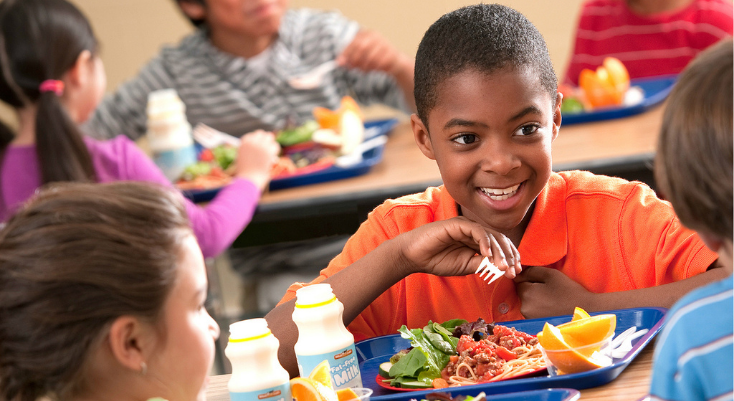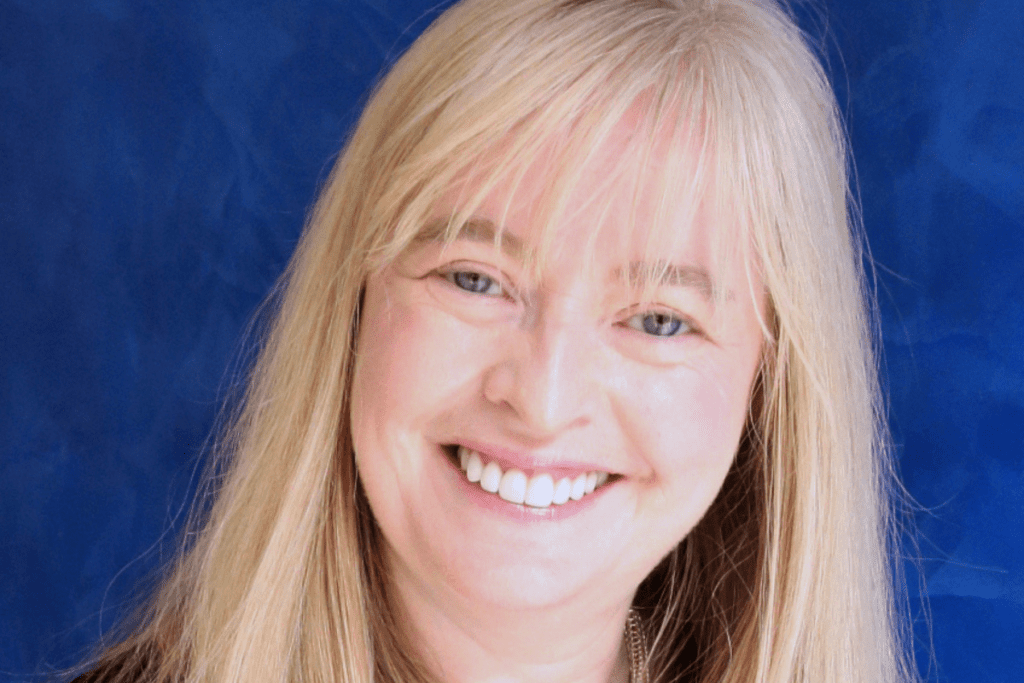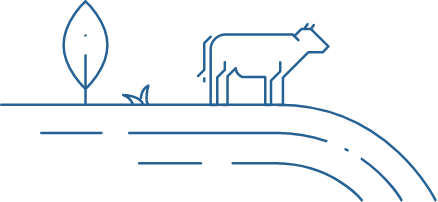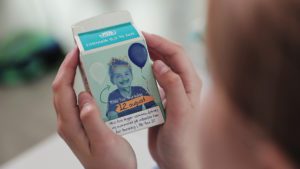
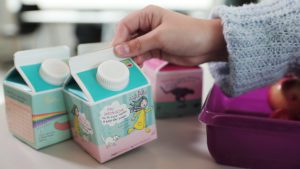
School milk programmes around the world contribute to good health and nutrition for children in schools. As part of our school milk series, Birgit Irgens, Concept Manager for the School Milk Programme in Norway at TINE, provides an overview of how school milk programmes are handled in Norway and the benefits they offer to both students and families.
In Norway, it is a tradition to bring packed lunch from home, but it is frequently debated whether a free meal should be provided to all pupils in primary and secondary schools. In Norway, TINE distributes milk to schools, but each school is free to choose whoever they want as their milk distributor.
Launch of school milk subscriptions
In 1971 the school milk programme started, as an initiative by parents in local PTAs, where parents subscribe milk to their children in school. In 2009, school milk subscription moved to a web-based platform and TINE offered to administer the payment from the parents, to improve logistics and production planning, and to help the schools with administration. In 2017 TINE launched an improved ordering and subscription solution. It is now possible to choose from a variety of products, and to get different products from day to day throughout the week. The most usual routine at schools is that pupils from each classroom go to the refrigerator and take the products back to class.
In primary school one portion of milk is 250 ml, in secondary schools it is 330 ml. TINE also has a school milk programme targeted at the older pupils, where the products and design are different from the younger pupils, and vending machines are used instead of refrigerators. Each pupil has a unique RFID chip linked to the subscription and use this to access products from the vending machines.
Meeting individual needs
A potential challenge we have seen is that some school principals don’t agree that food and school milk is the school’s responsibility, even if having a school meal is clearly recommended by authorities in nutrition. That a meal is unifying and has an important social role is accepted by most people. A school meal is important both for creating good habits and in forming the basis of good public health. Furthermore, some studies also show that it is important for the pupils’ concentration during the day. Milk is the primary source of iodine in the Norwegian diet, and iodine contributes to normal cognitive development of children.
We are witnessing a trend where more consumers are opting to choose gluten-free or milk-free diets. This is also reflected in school milk sales, which drop every year. My concern is that the alternatives are not equally nutritious and that children may not sufficient nutrients like calcium, iodine and protein. It is therefore important to guide parents in this matter and inform them why milk is recommended by the health authorities.
As a result of this trend, TINE has adjusted the range of products to meet consumers demand. Also, the nutrition authorities’ guidelines recommend that pupils with food allergies and intolerances should have an alternative to milk served in schools. TINE offers juice, yoghurt, lactose reduced and lactose free milk and other products in addition to regular milk. We also have an oat drink, which is added calcium, iodine, vitamin D, vitamin B12 and vitamin B2.
No added sugar or sweeteners
All our drink products served in the school milk programme are without added sugar or artificial sweeteners. Back in 2003 we saw that many pupils brought sugary drinks from home, and it was a need to offer an alternative to regular milk. In the start the flavored milk had some sugar added, but with new technology we now have no added sugar or artificial sweetening, and the children love the taste. TINE is very proud of this product development, which gives all the same nutrients as regular milk.
The intake of calcium is especially important during childhood. As part of a varied and balanced diet and a healthy lifestyle, calcium is needed for normal growth and development of bone in children up to 18 years.
An essential part of everyday life
Some schools and parents have expressed concern that the wide range of products available can lead to some perceptions of inequality. We have no data to support this theory, inequality can also be explained by the increased demand for customized diets as I touched on in a previous paragraph.
In relation to the midday meal: In Norway it is normal to sit together to eat, some pupils listen to their teachers reading a book or watch TV, some are just talking and socializing. School milk and other product packaging are developed with a lot of learning and entertainment for the audience. For example, some designs are based on mathematics and some with diet and nutrition. This is an excellent resource for the teachers to use in their classes or just for the pupils to discuss with each other when they eat.
Kids’ lunchbreaks are important too!
I hope that in the future both parents and the schools will see that their children’s lunch meal is just as important as the grownups’ lunch meals. An adult wouldn’t accept only a twenty-minute break to eat, where we couldn’t talk to each other because our manager wanted to read a book for us, or where we couldn’t eat together because my co-worker had different food than me. We must take the school lunch break seriously and create a pleasant eating environment for all pupils and give the children good habits to carry into their future.
For further information, please contact Laurence Ryckens
